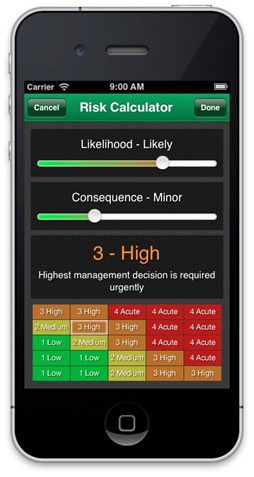Dr Tony Lower of the Australian Centre for Agricultural Health & Safety (AgHealth) has released a farm safety research report of curiosity more than influence. The report, Farm Related Injuries Reported in the Australian Print Media 2011, makes use of the media monitoring services that the centre has been using for over five years. The accompanying media release, not yet available online, summarises some basic findings:
“According to the report released by the Centre today, the 2011 information illustrates a 60% drop in the number of on‐farm injury deaths when compared to the early 1990’s, where the average number of deaths was 146 per year. “This reduction over the past 20 years is fantastic news, however by our estimates, many more deaths can be prevented by adopting solutions which we know from the evidence work” said Dr Lower.
The study results show that quad bikes (18) were the leading cause and made up 31% of all deaths.
Meanwhile tractors (10) were responsible for 17% of incidents. Tragically, seven of the fatal cases (11%) involved children aged 15yrs and under, with quad bikes (3) and drowning (2) being most frequently involved.”
An understandable limitation of the report is the fact that the social influence of print media is much less than in previous decades and that the report misses multimedia and the new medias. This is one of those research reports than can genuinely suggest additional research to increase the relevance of the findings. Continue reading “New research on quad bike safety remains academic in a climate of uncertain OHS reform”

